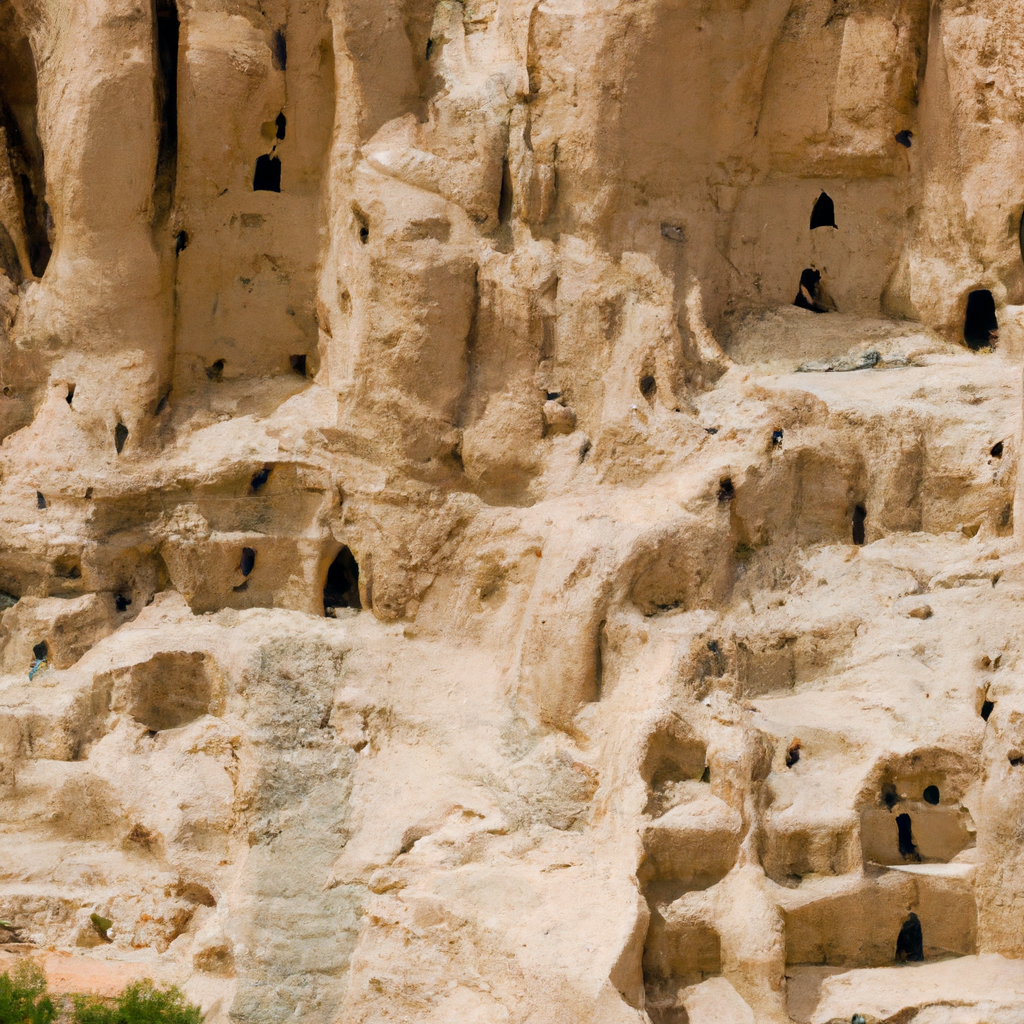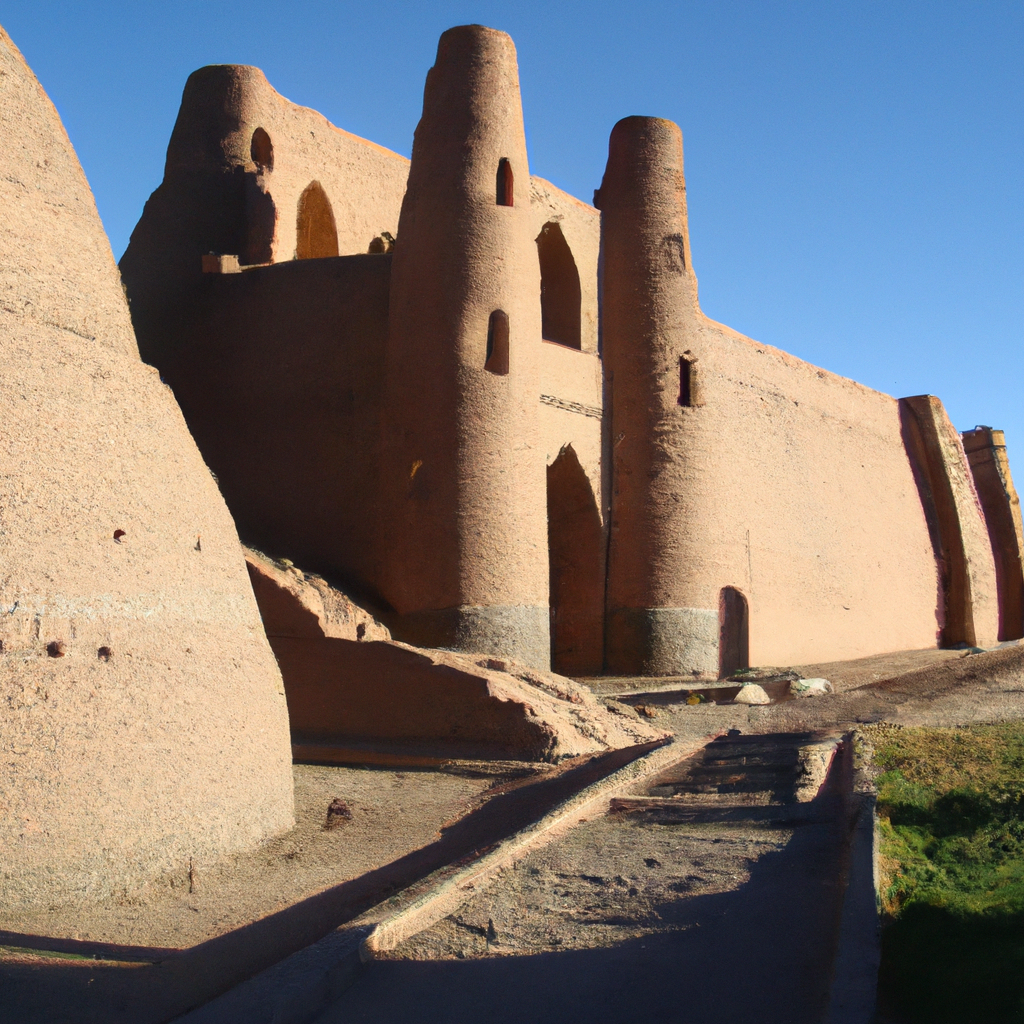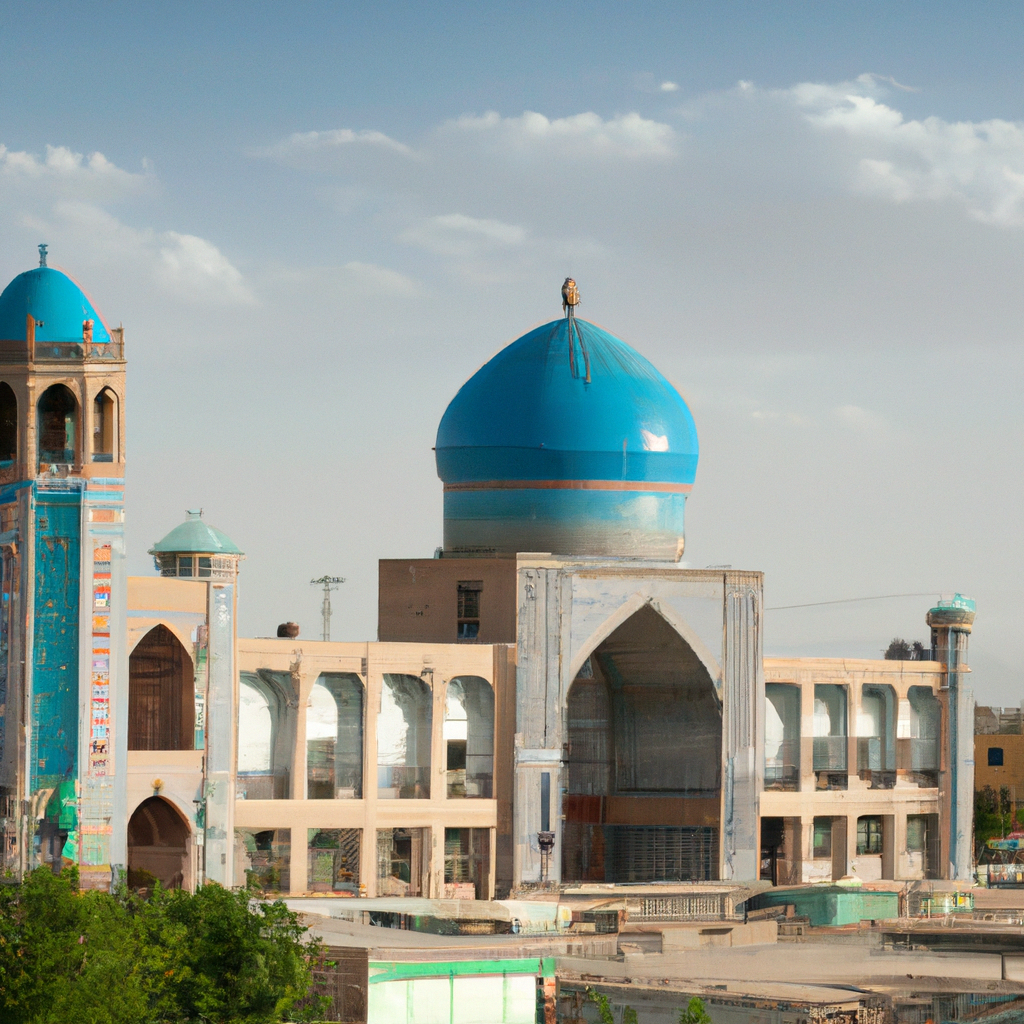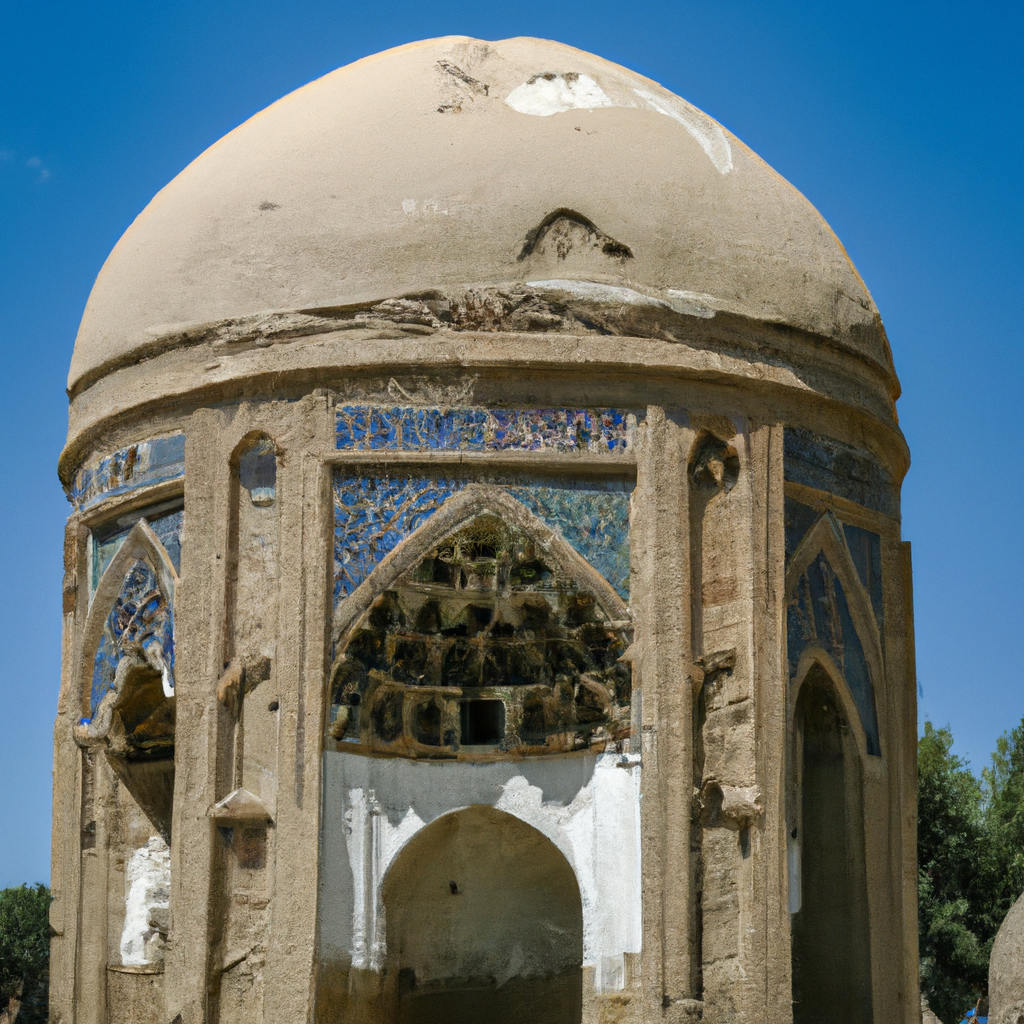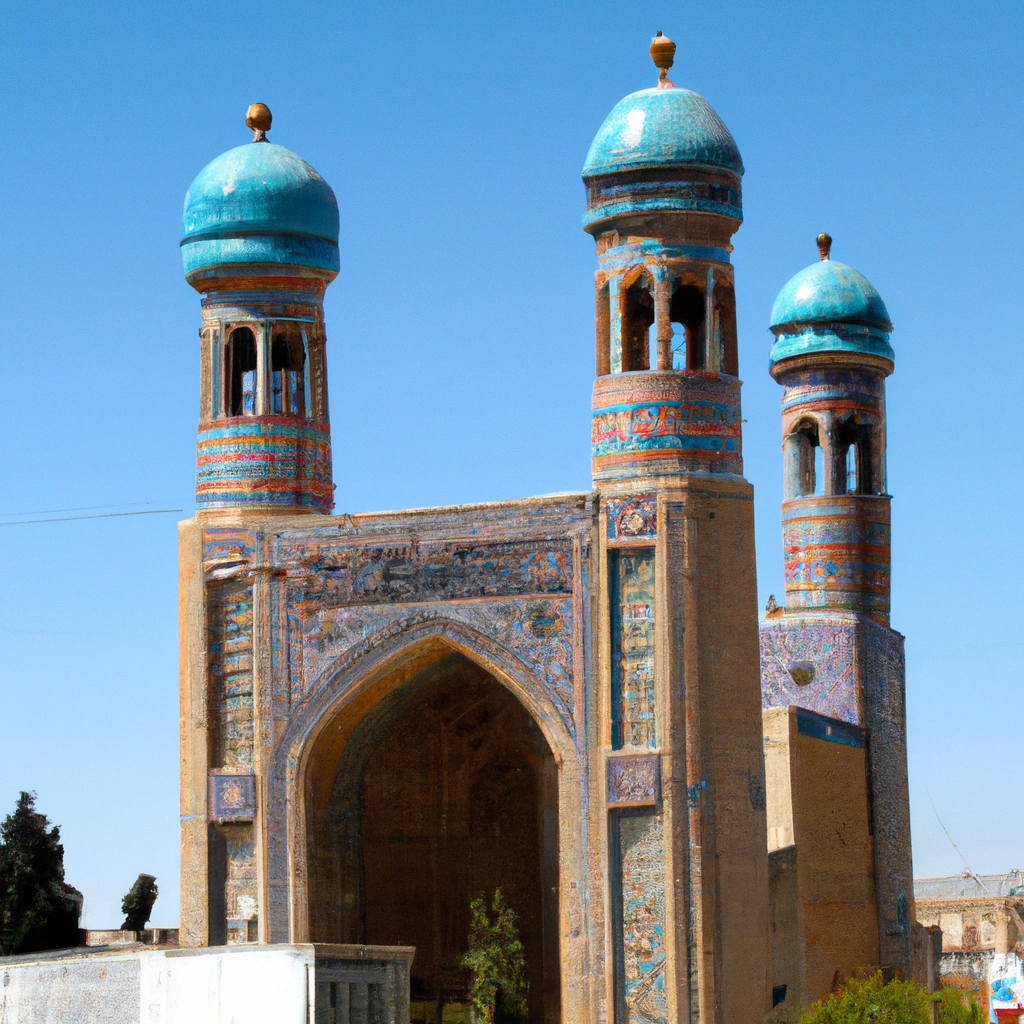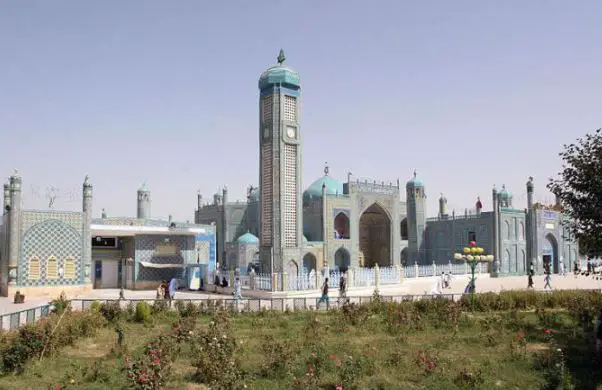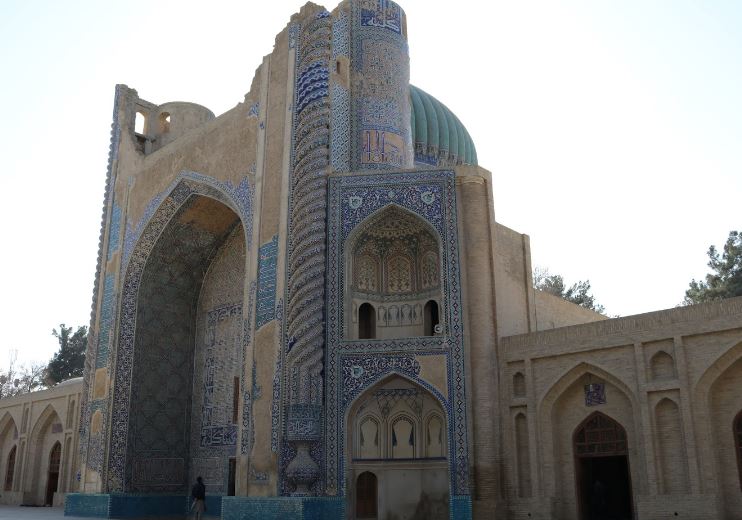Bamiyan Buddhas In Afghanistan: Overview,Prominent Features,History,Interesting facts
Overview:
The Bamiyan Buddhas In Afghanistan were two massive ancient statues of standing Buddhas carved into the side of a cliff in the Bamiyan Valley in the Hazarajat region of central Afghanistan. The sculptures, dating from the 6th century AD, represented the boddhisattava of understanding, Avalokiteshvara. The statues were dynamited and destroyed by the Taliban in March 2001, in a dispute with UNESCO over their preservation. It is one of the most beautiful monuments in Afghanistan
Prominent Features:
The Bamiyan Buddhas in Afghanistan were two monumental 6th-century statues of standing buddhas carved into the side of a cliff in the Bamyan Valley. They were once the largest examples of standing Buddha statues in the world. They imploded by dynamite in 2001 by the Taliban, who declared the statues idolatrous. Before their destruction, the Bamiyan Buddhas had been a prominent feature of the ancient Silk Road that connected Asia, Europe, and Africa. The statues were surrounded by a network of monasteries and temples, many of which were destroyed in the same attack. The site remains a symbol of Buddhist heritage and an important historical reminder of the global importance of the Silk Road in history. You can learn history, culture, and heritage through these magnificent monuments in Afghanistan.
History:
The Bamiyan Buddhas were two monumental statues of standing Buddhas carved into the side of a cliff in Bamiyan, Afghanistan, which were built in the 6th century CE. The statues represented the classic blended style of Gandharan art. Standing at 171 and 115 feet tall, the statues were the largest examples of standing Buddha carvings in the world at the time. They were considered masterpieces of Gandharan art. The statues were destroyed by the Taliban in March 2001 as part of their campaign to rid Afghanistan of all “idolatrous” objects. The destruction of the statues sparked international outrage. UNESCO declared the site a World Heritage Site in 2003 and launched an emergency program to preserve the surviving wall paintings. The statues were funded and built by the Kushan Empire, which was centered in present-day Afghanistan, Pakistan, and parts of northern India. Before the statues were built, the site was an ancient Zoroastrian complex. Several smaller Buddhas were discovered around the site during the excavation. The statues, which were carved out of the cliff face, were made of brick and mud, which had been mixed with straw and coated with stucco. The Great Buddha, the biggest statue, was built in 554 CE and the Little Buddha in 507 CE. The Buddhas were covered in a layer of gilt, which had since eroded or been destroyed. While the Great Buddha was standing, the Little Buddha had been badly damaged in an earthquake in the 15th or 16th century, and had fallen down into the valley below. Despite the destruction of the statues, many Afghani people still talk fondly of the Buddhas and their cultural importance, and the site continues to attract tourists. Since the early 2000s, various universities and experts have come together to preserve and restore the site, hoping to bring back some of the grandeur that had been lost. Visit one of the famous monuments of Afghanistan with your friends and family.
Interesting facts:
1. The Bamiyan Buddhas were two large statues of standing buddhas carved out of the side of a cliff in the Bamiyan Valley in Afghanistan. 2. The statues were originally created in the 3rd and 4th century AD and were the largest examples of standing buddha statues in the world. 3. Unfortunately, the Taliban destroyed both of the Buddha statues in 2001 in an effort to drive out Buddhism from the region. 4. Despite their destruction, the Bamiyan Buddhas remain an important symbol of the country’s rich history and culture. 5. The site of the statues has since been designated as a UNESCO World Heritage Site to preserve its historic significance. 6. The remains of the Bamiyan Buddhas are now protected by the Afghan government and several international organizations, including the World Monuments Fund. 7. Several proposals have been made to rebuild the statues, although all remain in flux. 8. In 2008, the Swiss art preservationist organization Acropolis Now proposed a project to rebuild the Buddhas using concrete and reinforced steel rods. 9. In 2013, the Afghanistan National Museum organized a competition to design a replacement for the Buddha statues, although no designs have been accepted as of yet. 10. The Bamiyan Buddhas continue to serve as an inspirational reminder of Afghanistan’s culture and history. One of the historical monuments of Afghanistan, it tells the story of a bygone era
Explore Afghanistan most popular tourist destination with us. Bamiyan Buddhas In Afghanistan: Overview,Prominent Features,History,Interesting facts,which is 35.14 km away from Afghanistan main town, is the most popular destination to add in your travel wishlist.
-
City:
Afghanistan
-
state:
Bamiyan
-
country:
Afghanistan
-
country code:
AF
- postcode:
Location:
Bamiyan Afghanistan
